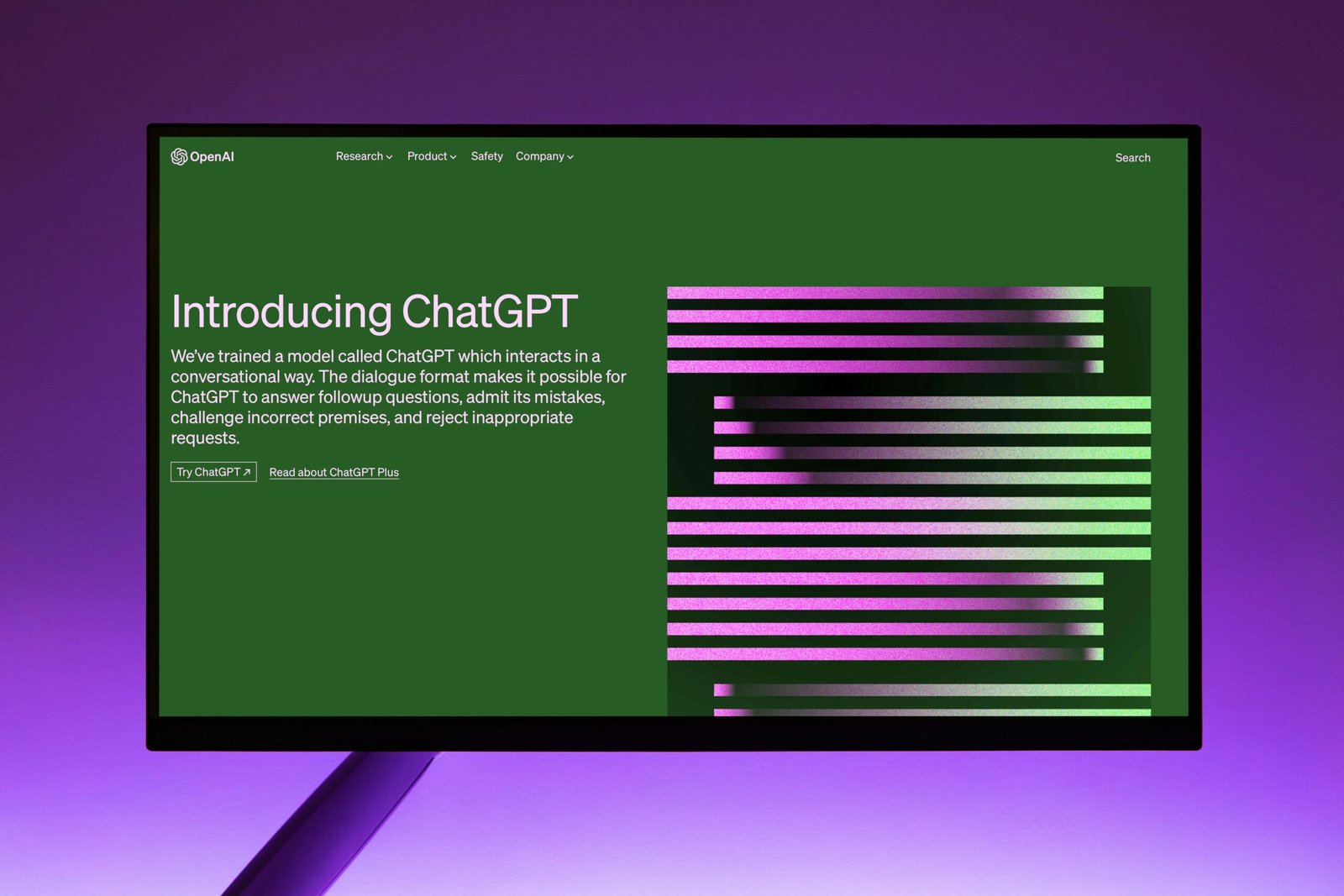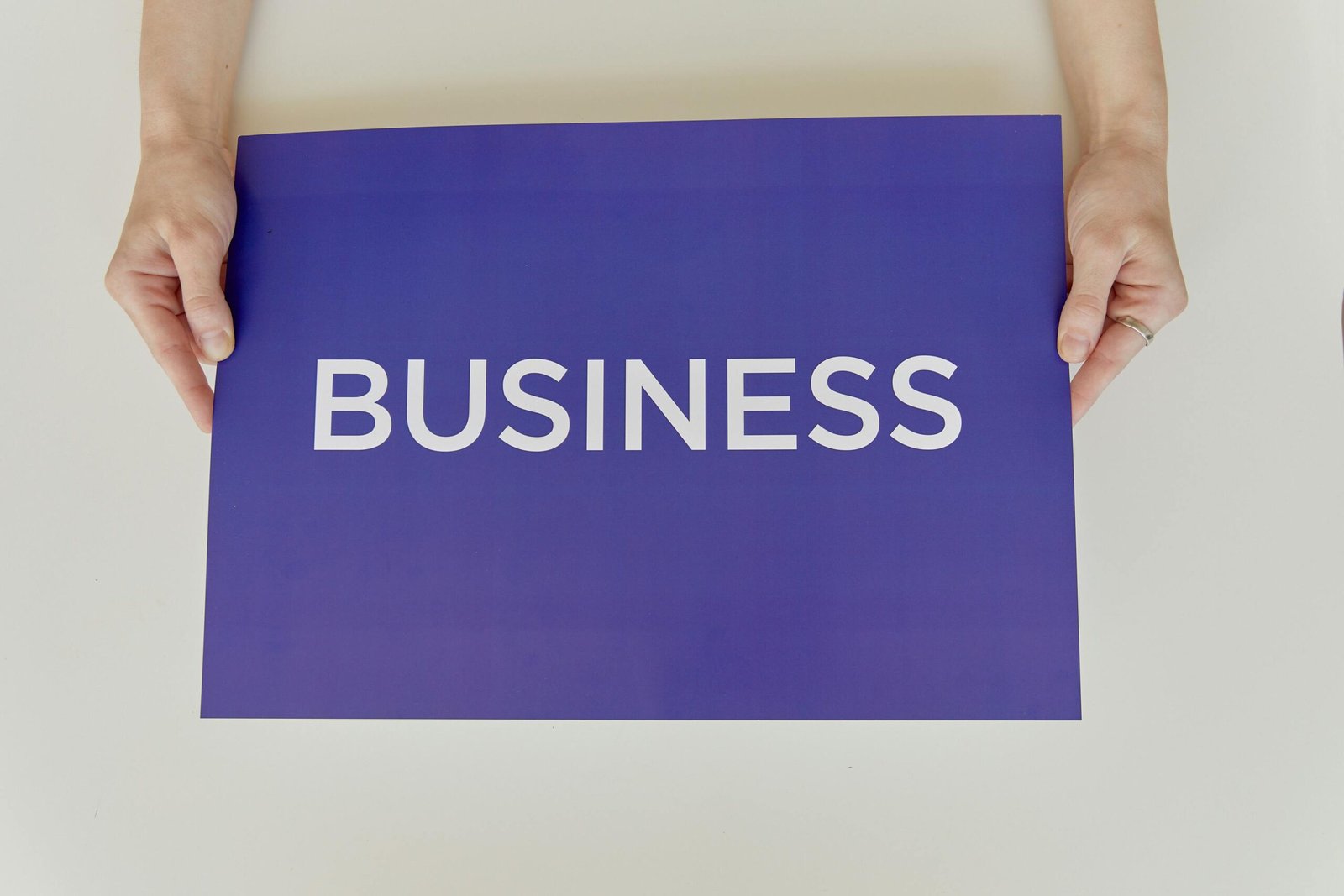Elon Musk Admits: “I Was Wrong About Full Self-Driving”
The Promise That Fell Short
For nearly a decade, Elon Musk has been the pied piper of autonomous driving, promising that Tesla vehicles were equipped with the hardware to achieve full self-driving capabilities. But this week, the tech titan dropped a bombshell: he was wrong.
On a Wednesday evening conference call, Musk admitted that Tesla cars with “Hardware 3” — sold between 2019 and 2023 — will need an upgrade to support the unsupervised self-driving software Tesla is still developing. “I think the honest answer is that we’re going to have to upgrade people’s Hardware 3 computer for those that have bought Full Self-Driving,” Musk said. “That’s going to be painful and difficult, but we’ll get it done.”
A History of Overpromises
This revelation isn’t shocking to those who’ve followed Tesla’s journey. Musk has repeatedly overpromised on Tesla’s timeline for delivering a truly autonomous vehicle. The company’s 2016 claim — that every car it built had the hardware to one day drive itself with the flip of a switch — has been a cornerstone of Tesla’s valuation. But it’s also been a broken promise.
“You effectively dissuade people from using an autonomous vehicle.”
Elon Musk, 2016
Back in 2016, Musk was defiant, even accusing the media of “killing people” by writing negative articles about Tesla’s Autopilot system. Fast forward to 2025, and the narrative has shifted dramatically. Tesla has since deleted that 2016 blog post from its website, and Musk’s latest admission underscores just how far off the mark they were.
The Hardware Rollercoaster
Tesla’s journey with self-driving hardware has been a bumpy ride:
- Hardware 2.0 (2016): The initial in-house hardware, which Tesla claimed was future-proof. Spoiler: it wasn’t.
- Hardware 2.5 (2017): A slight upgrade, but still not enough to deliver on Musk’s promises.
- Hardware 3 (2019): The first real leap forward, but even this wasn’t enough for unsupervised self-driving.
- Hardware 4 (2023): The latest iteration, which Musk now pins his hopes on.
Owners of older hardware had to upgrade to Hardware 3 to access Tesla’s “Full Self-Driving (Supervised)” software. And when Tesla tried to charge for these upgrades, one owner took the company to small claims court — and won. The judge ruled Tesla’s 2016 promise was false advertising, forcing the company to provide free upgrades.
The Road Ahead
Despite the setbacks, Musk remains optimistic. He announced plans for a pilot program in Austin this June, aiming to prove Tesla can compete with Waymo’s commercial robotaxi service. Musk also teased a software update for Hardware 4-equipped cars, which he claims will finally deliver unsupervised self-driving.
“2025 will be maybe the most important year in Tesla’s history.”
Elon Musk, 2025
But after years of overpromises and underdelivery, the question remains: Will Tesla finally deliver on its self-driving dreams, or is this just another chapter in a long history of hype?
The Takeaway
Musk’s admission is a stark reminder that even the most visionary leaders can get it wrong. For Tesla, the stakes have never been higher. The company’s future — and its reputation — hinge on delivering the self-driving revolution Musk has been promising for nearly a decade. Will 2025 be the year Tesla finally crosses the finish line? Only time will tell.



